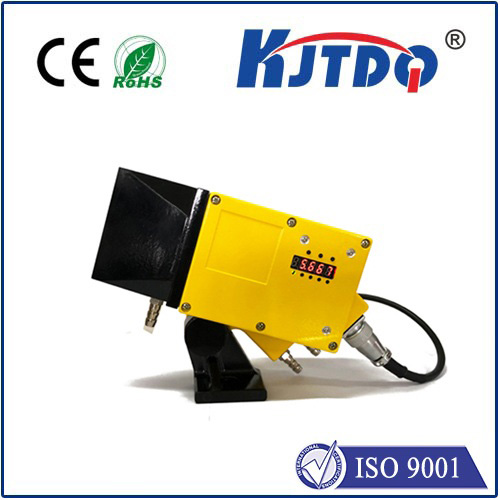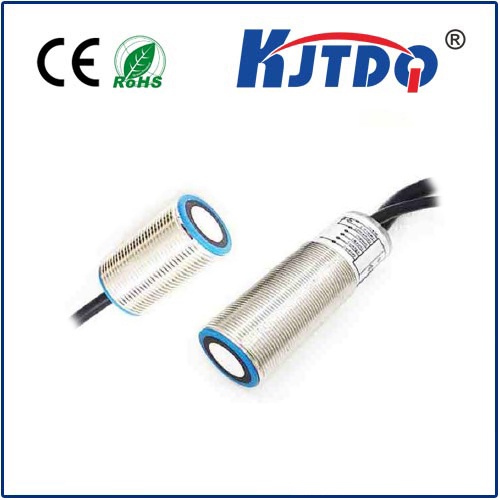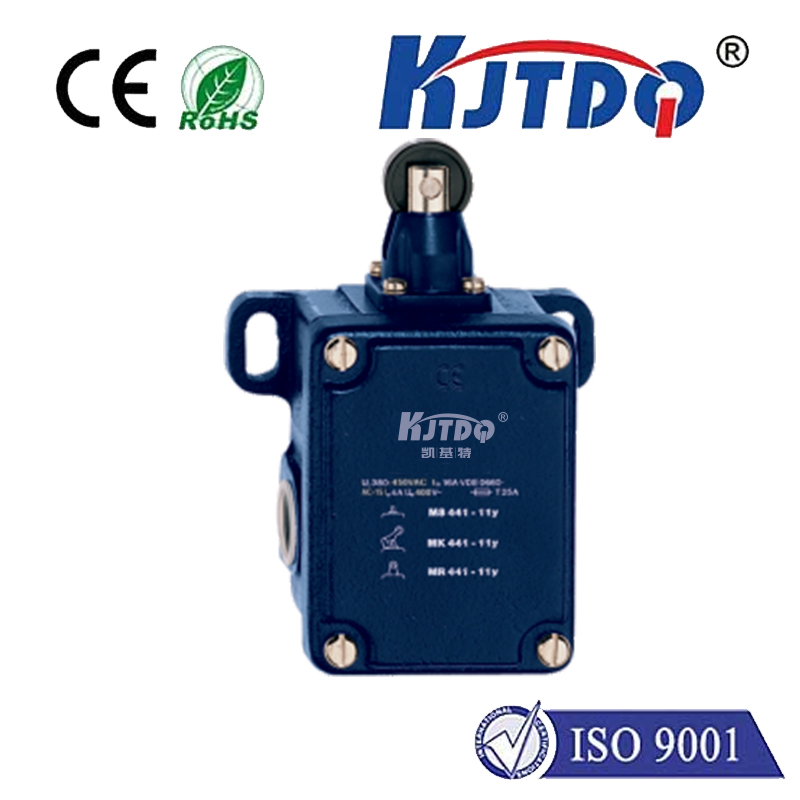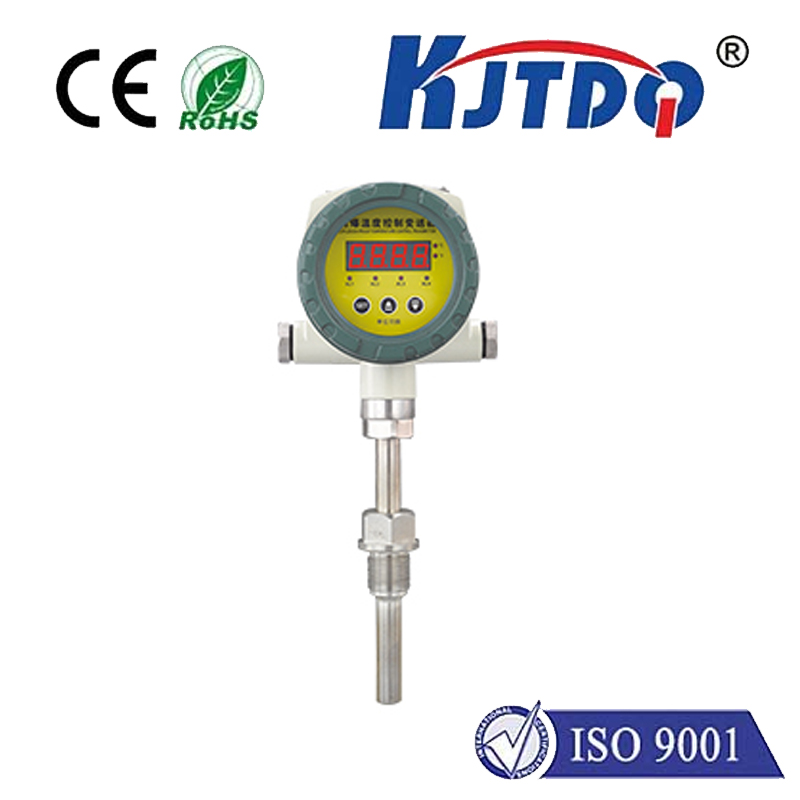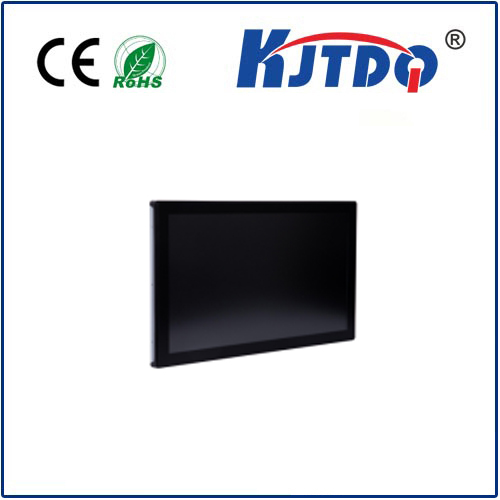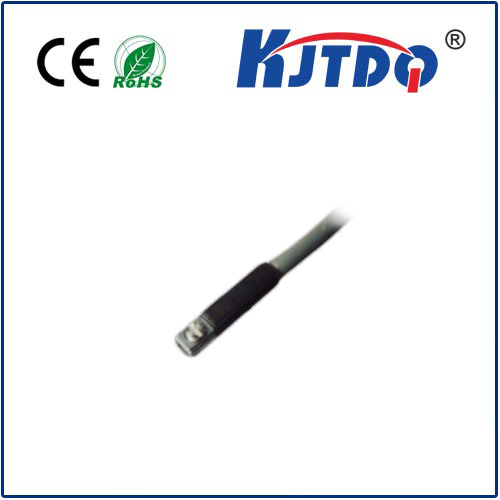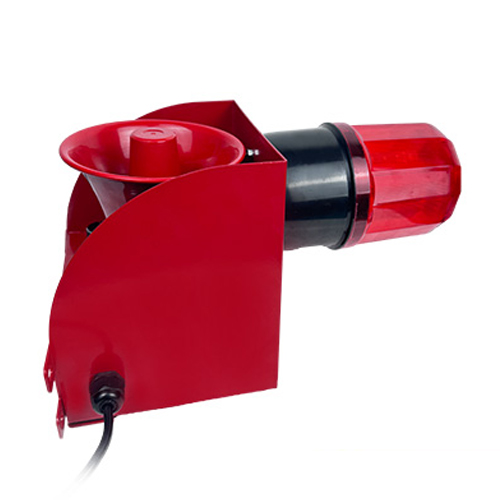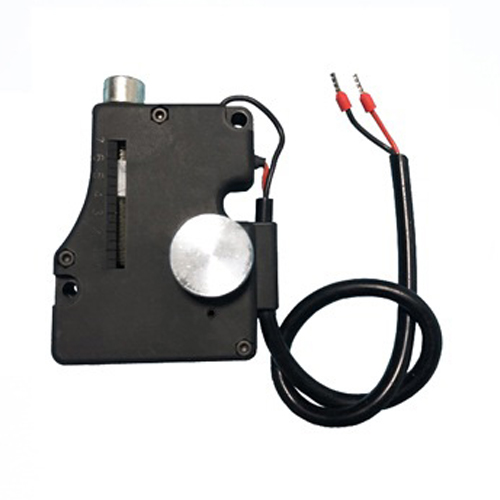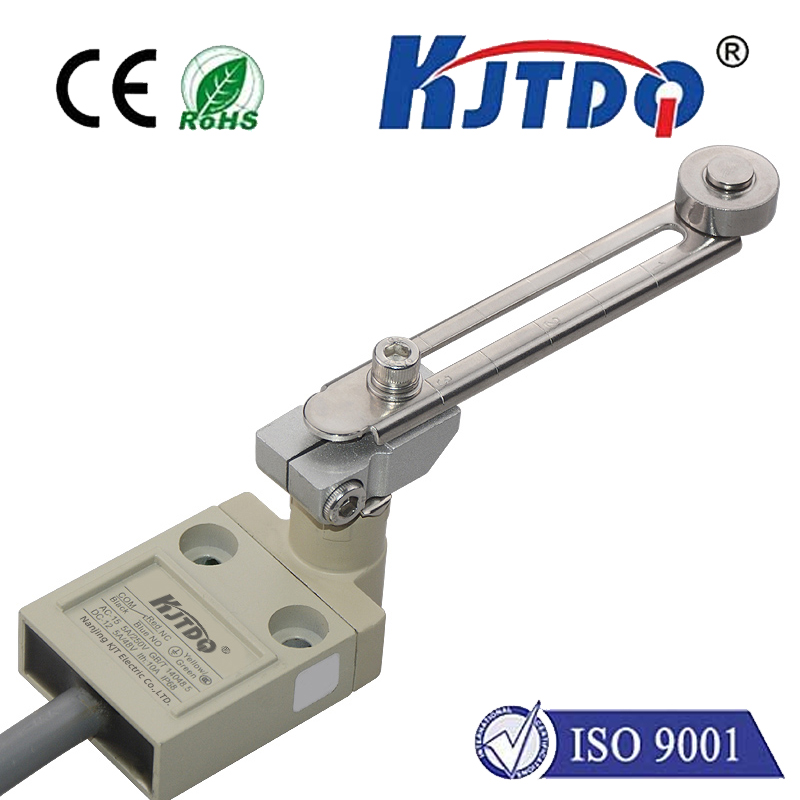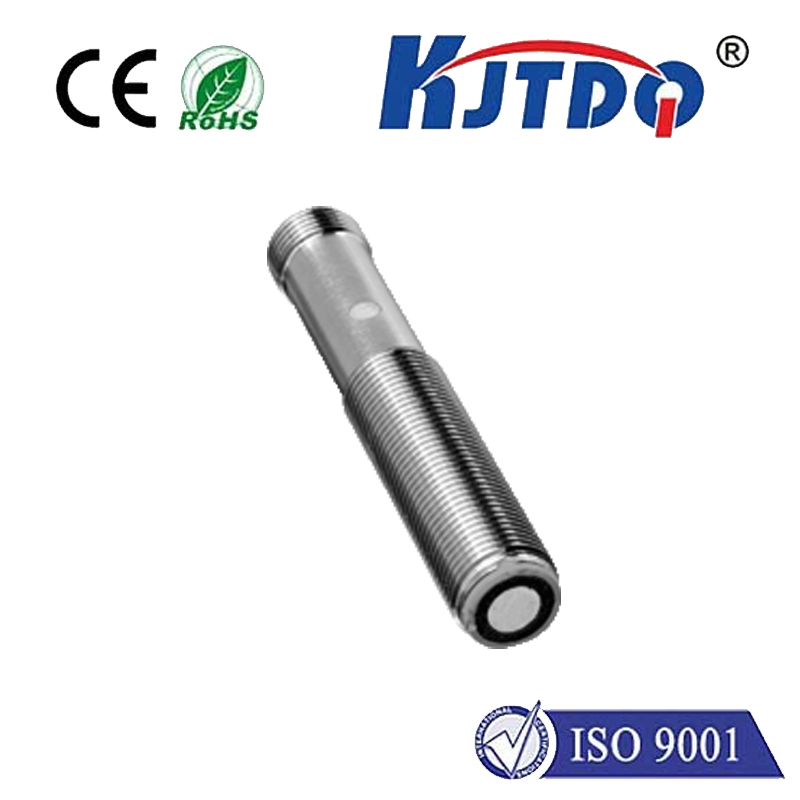rotex limit switch
- time:2025-08-06 14:29:29
- Click:0
Rotex Limit Switches: Precision Guardians of Industrial Motion Control
Imagine a robotic arm on an assembly line, swinging within millimeters of its designated path. Or a massive conveyor belt transporting tonnes of ore, needing to reverse direction precisely at the end of its track. Or an access gate programmed to stop immediately upon encountering an unexpected obstruction. In countless industrial scenarios, ensuring machinery moves only within its safe and intended boundaries isn’t just about efficiency; it’s paramount for safety and preventing catastrophic damage. This critical task often falls to unsung heroes of the automation world: limit switches. And within this realm, Rotex limit switches have carved a significant niche, synonymous with reliability and precise position sensing.
Understanding the Fundamental Role of a Limit Switch
At its core, a limit switch is an electromechanical device designed to detect the presence or absence, or the limits of travel, of an object. It acts as a highly reliable sentinel in an electrical control circuit. When an actuator (like a cam, lever, roller, or plunger) on the switch is physically moved by the target object reaching a predetermined position, it triggers an internal mechanism. This mechanism rapidly opens or closes electrical contacts, sending a signal to the machine’s controller. This signal essentially says: “Stop moving,” “Start moving,” “Change direction,” or “Position confirmed.” They are indispensable for:
- Machine Safety: Preventing over-travel that could damage machinery or endanger personnel (e.g., stopping a press ram at its upper limit).
- Precision Positioning: Providing feedback for automated sequences, ensuring parts are correctly located for welding, assembly, or painting.
- End-of-Travel Control: Halting conveyors, lifts, or sliding doors at exact start and end points.
- Counting Operations: Registering the completion of repetitive movements.
- Interlock Systems: Ensuring guards or doors are closed before machine operation can commence.
Why Rotex Stands Out in the World of Limit Switches

Rotex has established itself as a trusted manufacturer in the field of industrial control components, including a diverse range of robust limit switches. Choosing a Rotex limit switch isn’t just about selecting any switch; it’s about selecting one built for demanding industrial environments. Key attributes that differentiate Rotex include:
- Rugged Construction & Durability: Industrial settings are harsh – filled with dust, dirt, moisture, vibration, and temperature extremes. Rotex switches are typically engineered with robust metal housings (like die-cast zinc alloy) and high-quality internal components to withstand these challenges, ensuring long operational life and minimizing downtime. They are designed for impact resistance and environmental resilience.
- Precision Actuation: Rotex limit switches offer various actuator styles (roller levers, plungers, wobble sticks, fork levers) to suit different application needs. The precision engineering ensures reliable, repeatable actuation even after millions of operating cycles, guaranteeing consistent machine performance.
- Reliable Electrical Performance: Featuring high-quality electrical contacts, often silver or gold-plated, Rotex switches provide stable switching characteristics and high current-carrying capacity. Options include SPDT (Single Pole, Double Throw), DPDT (Double Pole, Double Throw), or even 3PDT configurations, offering flexibility for different control circuit requirements.
- Environmental Sealing: Many Rotex models boast excellent IP (Ingress Protection) ratings, such as IP65, IP67, or even higher. This sealing protects against dust ingress and water jets (or immersion for higher ratings), making them ideal for applications in washdown areas (food & beverage, pharmaceuticals) or dusty outdoor environments (mining, construction).
- Versatility in Configuration: The range often includes standard head units that can be mounted in various orientations, along with different operating heads (actuator types) that can be easily swapped or configured. Some designs also incorporate cable glands for secure wiring entry.
- Ease of Installation & Maintenance: Thoughtful design features, such as slotted mounting holes and clear terminal markings, facilitate straightforward installation and future maintenance or replacement.
Where Rotex Limit Switches Excel: Key Applications
The robustness and reliability of Rotex limit switches make them suitable for a vast array of industries and applications:
- Material Handling: Controlling the travel limits of conveyors, stackers, reclaimers, hoists, and automated guided vehicles (AGVs).
- Packaging Machinery: Ensuring accurate positioning of filling heads, capping mechanisms, labeling arms, and case packers. Position sensing is critical here.
- Automotive Manufacturing: Used on robotic welding lines, press brakes, paint lines, and assembly jigs to define precise movement limits and sequences.
- Food & Beverage Processing: Stainless steel options (where available) and high IP ratings are crucial for hygiene and washdown compliance on filling lines, mixers, and packaging equipment.
- Construction Equipment: Monitoring boom positions, bucket angles, and outrigger deployment on excavators, cranes, and lifts.
- Metalworking: Controlling the stroke of presses, shears, and CNC machine tool doors.
- Water/Wastewater: Operating valves, gates, and screens reliably in wet, corrosive environments.
Selecting the Right Rotex Limit Switch: Key Considerations
Optimizing your application requires choosing the most suitable Rotex model. Consider these critical factors:
- Actuator Type: What kind of object will trigger the switch? Choose roller levers for linear travel with low force, plungers for direct push, wobble sticks for multi-directional triggering, or fork levers for precise positioning of passing objects.
- Electrical Requirements: What is the voltage and current (AC or DC) of the control circuit? Match the switch’s contact specifications (current rating, voltage rating) precisely. Don’t forget the required contact configuration (SPDT, DPDT, etc.).
- Environmental Conditions: Assess the presence of dust, moisture, chemicals, extreme temperatures, or potential for impact. Choose the appropriate housing material and IP rating. Environmental resilience is non-negotiable in harsh settings.
- Mechanical Specifications: Consider the operating force required, the pre-travel and over-travel distances, and the reset force. Ensure the switch can physically withstand the expected mechanical stresses.
- Mounting: Evaluate the available space and the most practical mounting method (base mounting, head mounting, etc.). Rotex often offers flexible mounting solutions.
- Certifications: Does the application require specific certifications (e.g., UL, CSA, ATEX for hazardous areas)? Verify the specific Rotex model meets these standards.
Ensuring Long-Term Performance: Installation & Maintenance
Proper installation and maintenance are vital for realizing the full potential and lifespan of Rotex limit switches:
- Secure Mounting: Ensure the switch is rigidly mounted to prevent vibration-induced false triggering or damage. Position the actuator correctly relative to the target object’s travel path.
- Correct Adjustment: Set the actuator position so engagement occurs reliably at the desired point without excessive force or over-travel. Avoid premature wear.
- Environmental Protection: Even with high IP ratings, minimize exposure to excessive contaminants or direct high-pressure water jets unless explicitly rated for it. Utilize protective covers or boots if necessary.
- Regular Inspection: Periodically inspect actuators for wear, damage, or build-up of debris. Check mounting integrity and electrical connections for tightness and corrosion. Look for signs of impact damage or environmental stress.
- Functional Testing: Integrate switch operation checks into routine machine safety and maintenance protocols to ensure they are signaling correctly.
The Unseen Pillar of Automation
While often hidden within complex machinery, Rotex limit switches perform an absolutely fundamental role. They are the precise, reliable, and robust components that safeguard equipment, personnel, and processes by defining and enforcing critical movement boundaries. Their






